Barolo Chinato is an Italian fortified wine from Piedmont, known for its complexity and use as both a digestive and a meditation wine. Want to discover everything about this fascinating wine?
Origins and History
Barolo Chinato originates in Piedmont, a region famous (as everyone knows) for producing high-quality wines.
The creation of Barolo Chinato is attributed to Giuseppe Cappellano, a pharmacist from Serralunga d’Alba, in the late 19th century. The idea was to harness the medicinal properties of cinchona bark along with the prized Barolo wine.
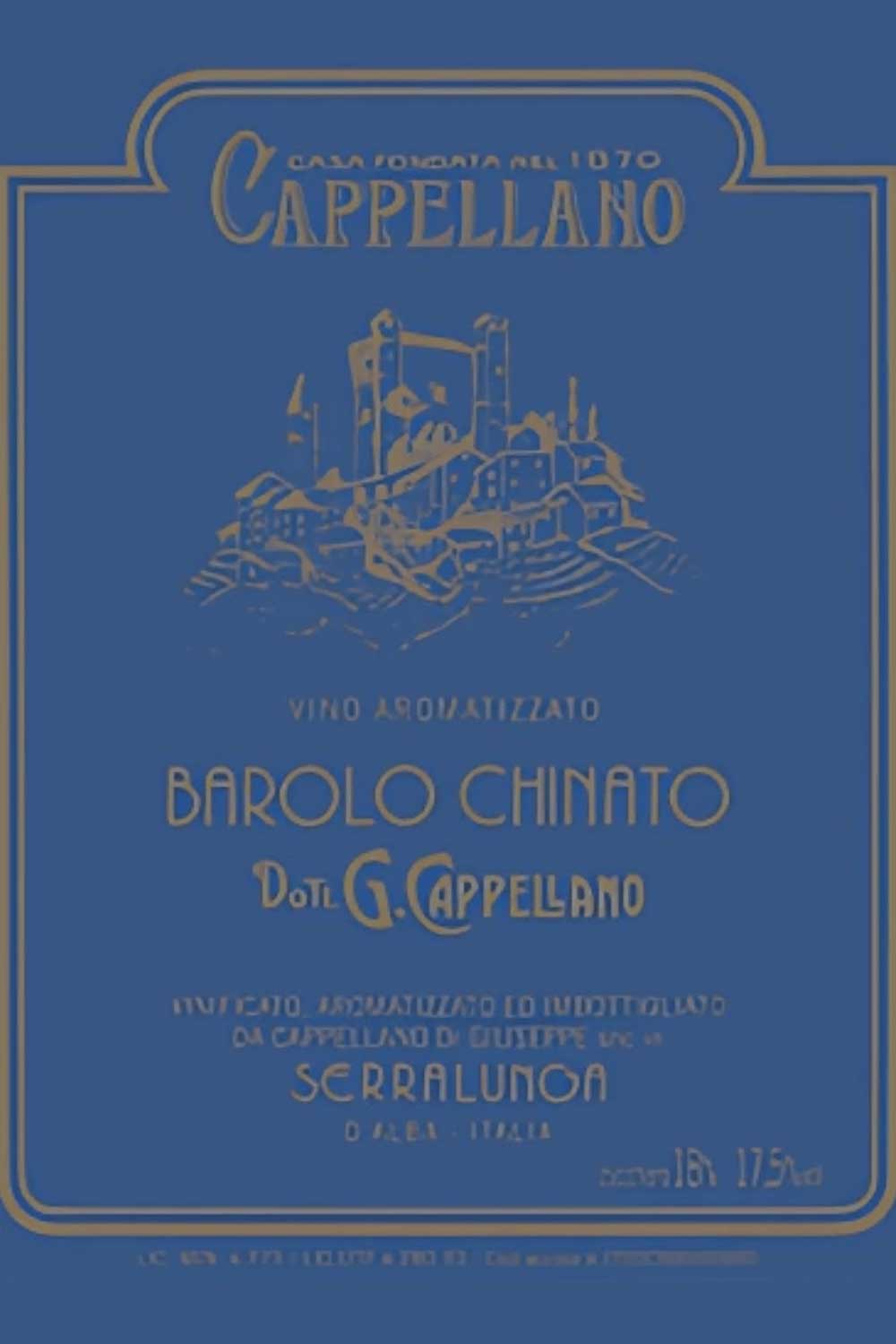
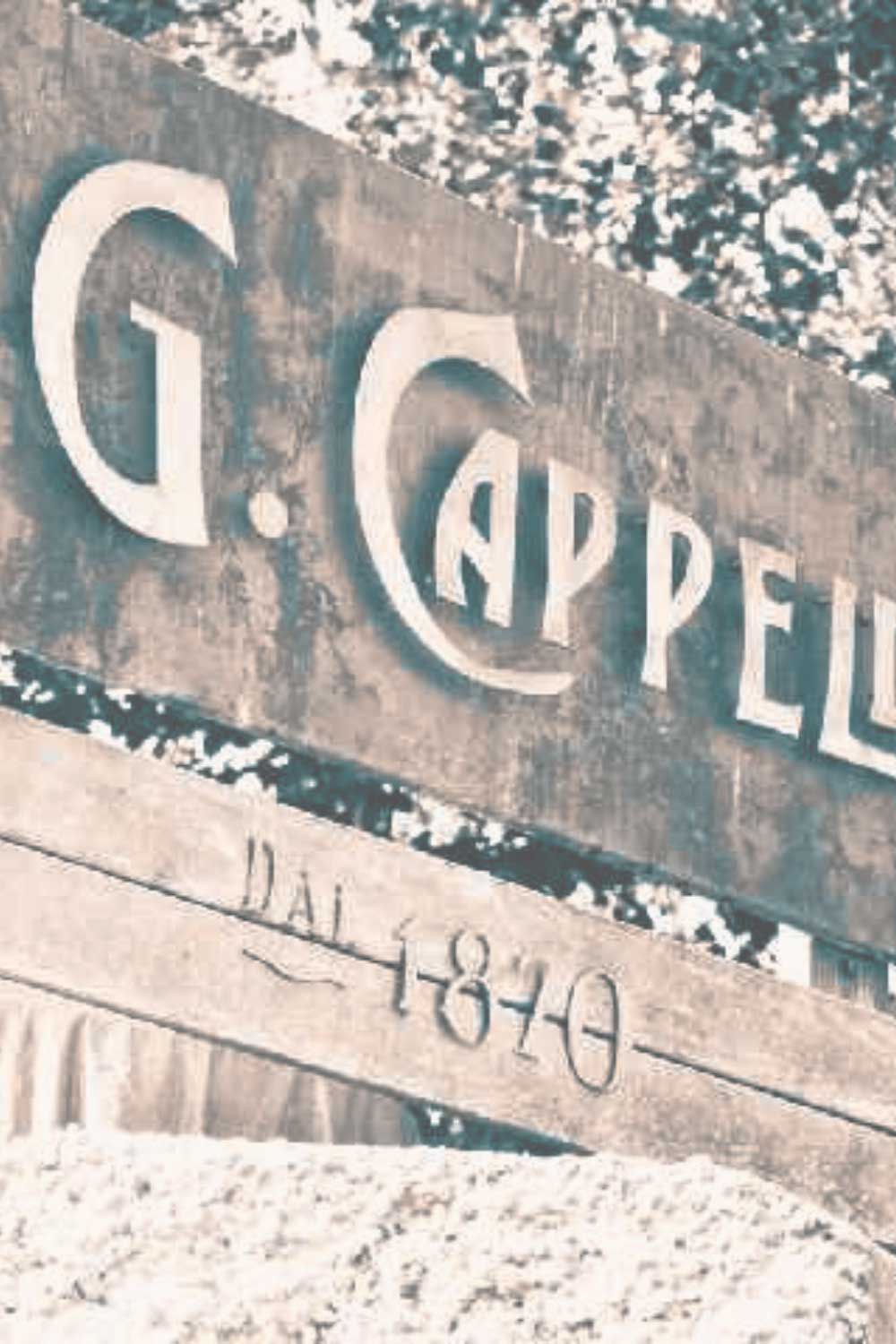
Production
– Base: the base of Barolo Chinato is Barolo DOCG, one of Italy’s most prestigious wines, made from Nebbiolo grapes.
– Flavoring: the wine is flavored with a blend of herbs, spices, and roots. The main ingredients include calisaya bark, rhubarb, cardamom, and cloves.
– Maceration: the aromas are left to macerate in the wine for a period that can vary depending on the recipe; usually for several weeks.
– Sweetening: the wine is slightly sweetened with sugar, which helps balance the bitterness of the cinchona.
Characteristics
– Color: intense ruby red.
– Aroma: complex, with notes of spices, aromatic herbs, and red fruits.
– Flavor: balanced between sweet and bitter, with a lingering bitter note from the cinchona and an aromatic complexity derived from the various herbs and spices used.
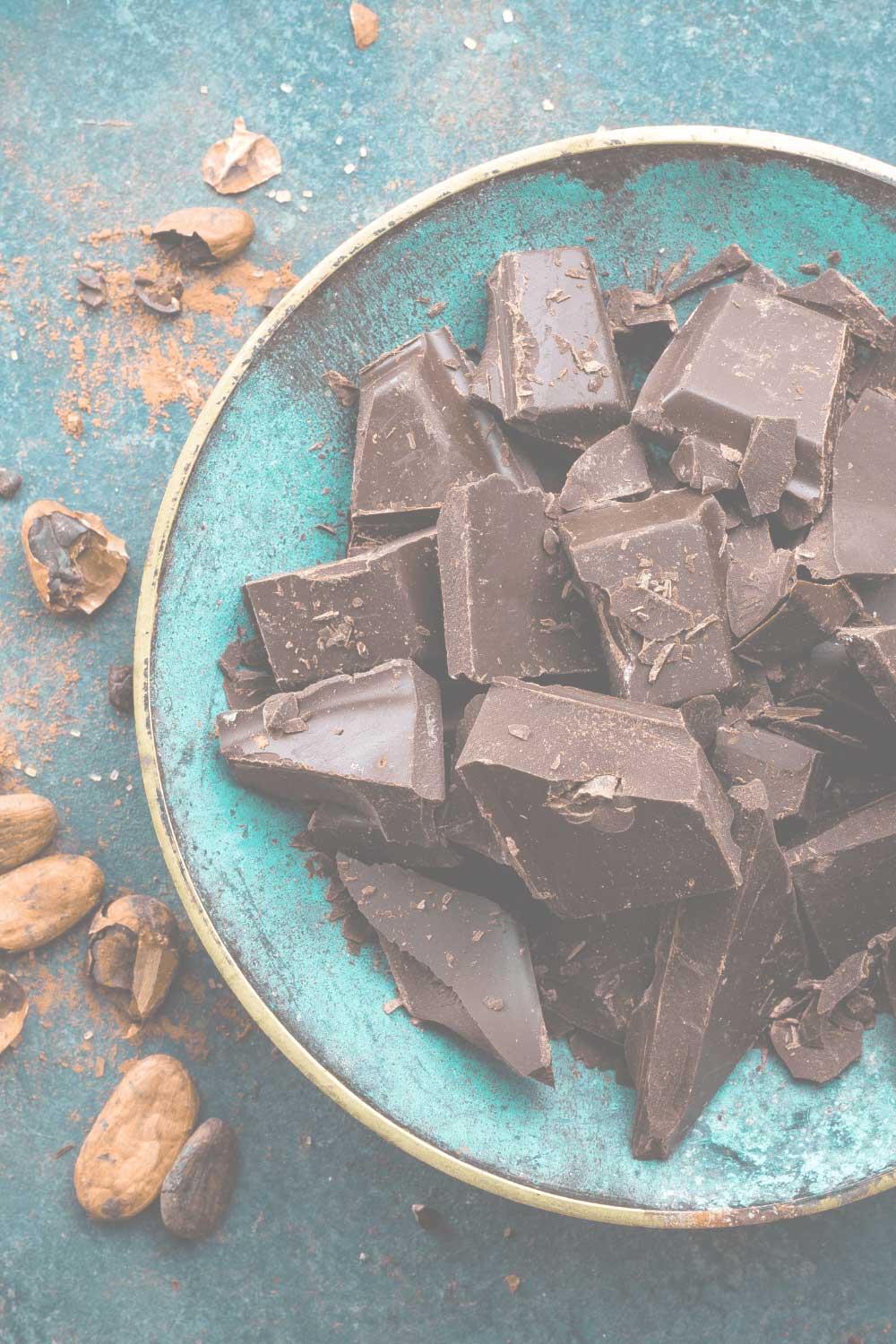
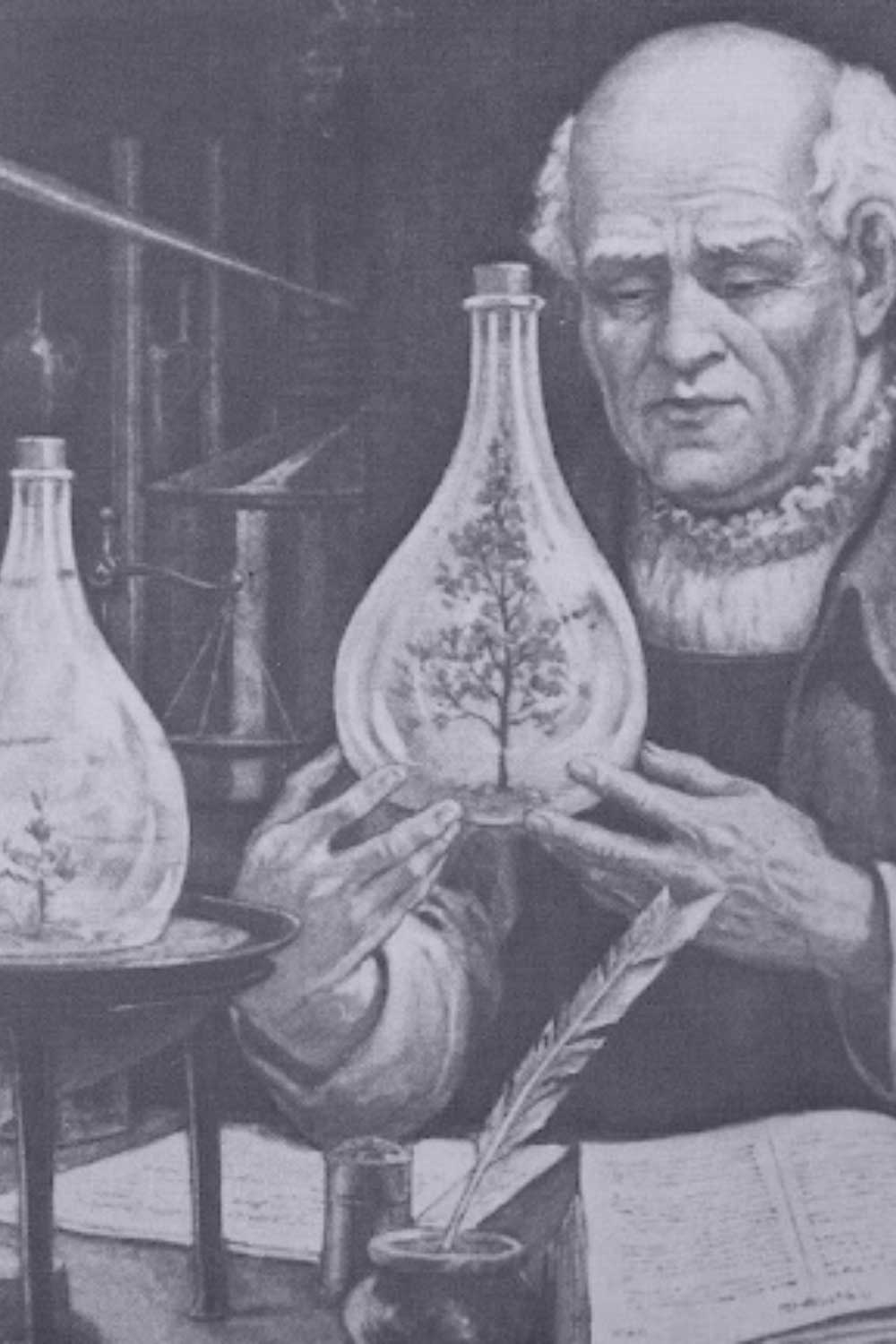
Consumption
– Pairings: Barolo Chinato is often enjoyed on its own as a digestive but is also an excellent match for dark chocolate, chocolate desserts, and blue cheeses.- Temperature: it is recommended to serve at room temperature or slightly chilled, around 16-18°C.
Medicinal Properties
Historically, Barolo Chinato has been used for its medicinal properties, particularly as a digestive and remedy for seasonal ailments, thanks to cinchona, which has febrifuge and digestive properties.
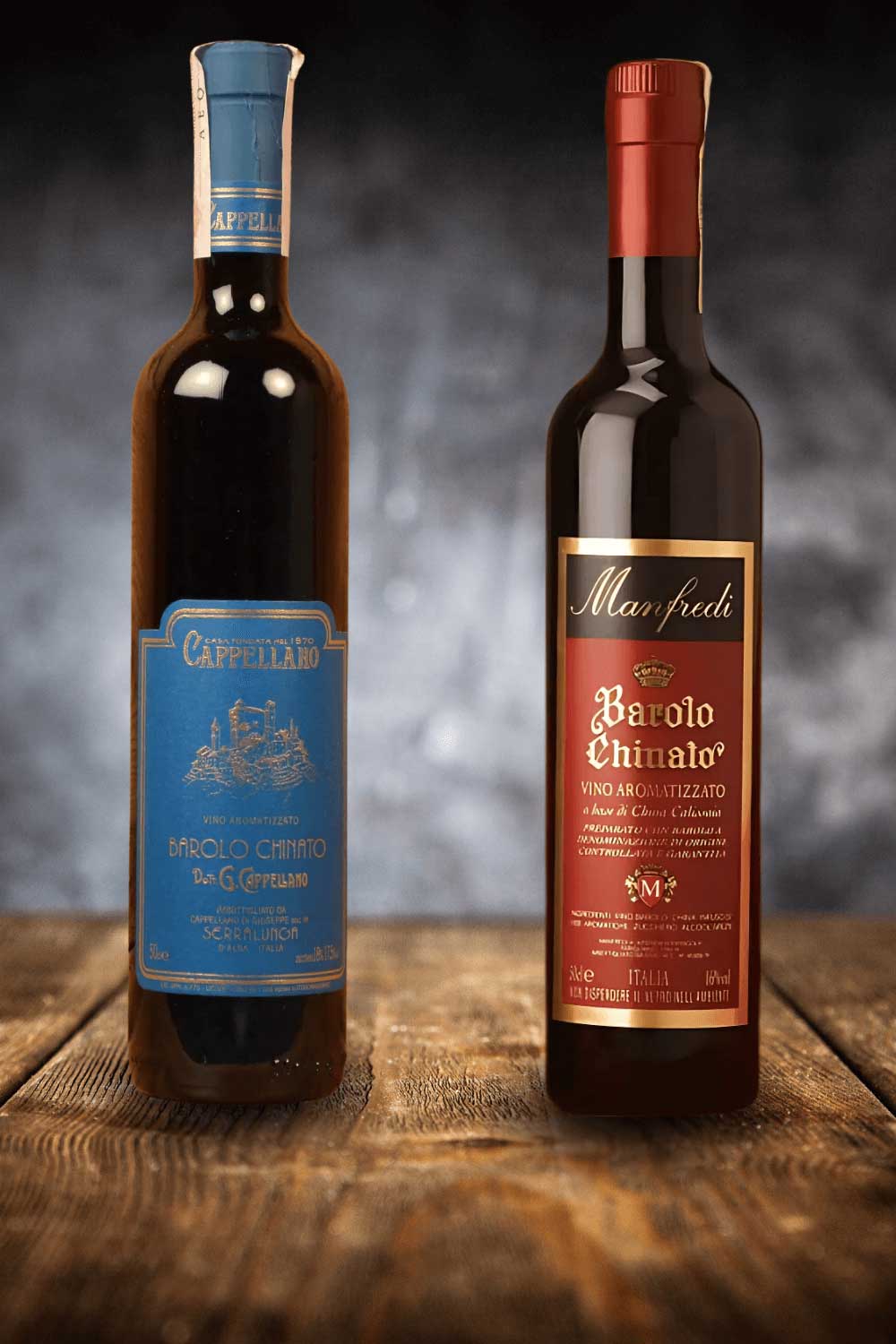
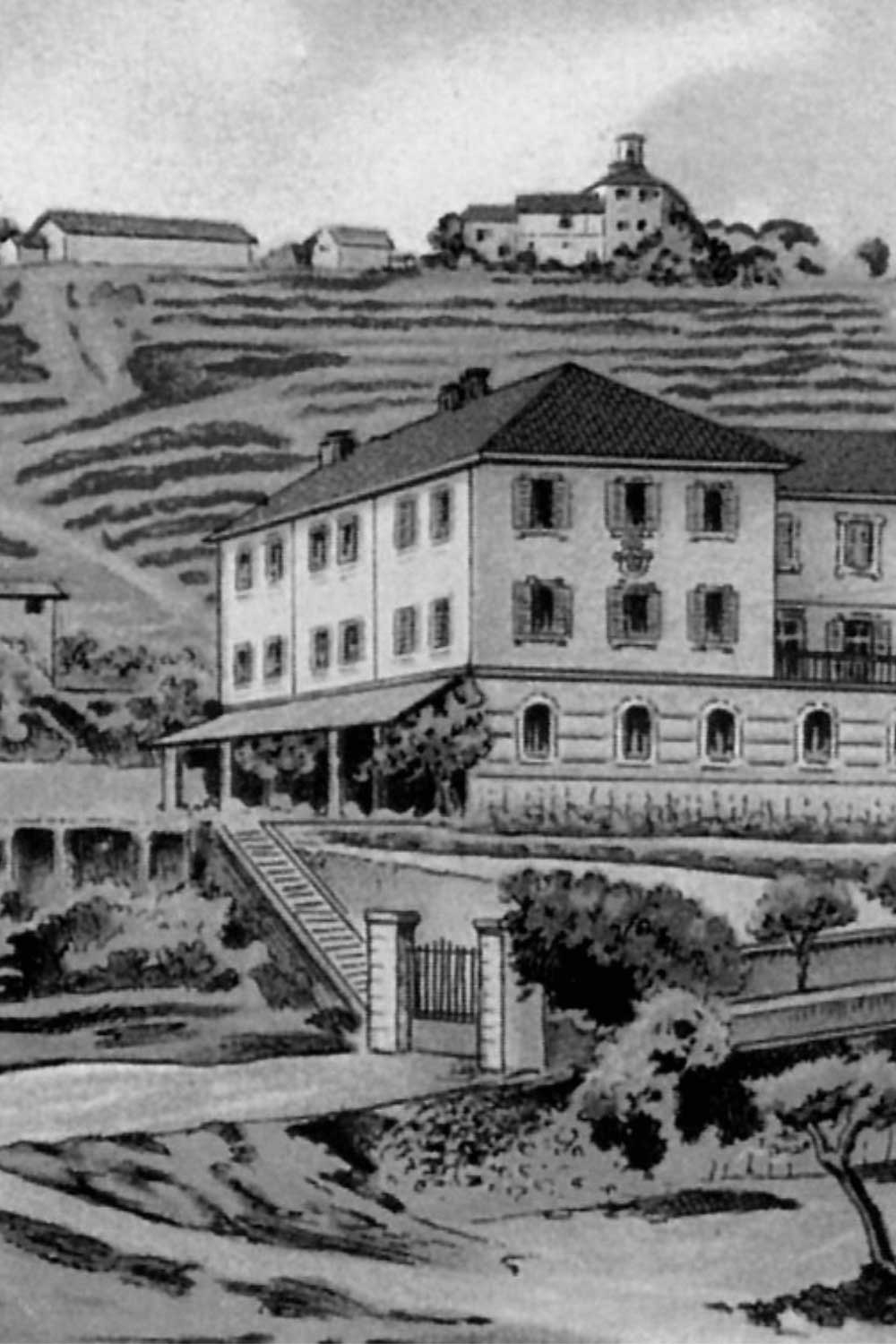
Famous Producers
– Giuseppe Cappellano: considered the “father” of Barolo Chinato.
– Giovanni E. V. Manfredi: another renowned producer who greatly contributed to the fame of this wine.
Curiosities
Barolo Chinato has roots in Piedmont’s pharmaceutical tradition, initially crafted by pharmacists experimenting with herbs and spices to create therapeutic elixirs.
Thus, it becomes a perfect example of how winemaking tradition can blend with folk medicine to create a unique and appreciated product.
Spread and Recognition
After its creation, Barolo Chinato gained popularity in the Langhe region and throughout Piedmont. Its combination of medicinal properties and refined taste made it appreciated both as a remedy and as a tasting wine.
Furthermore, over the years, Barolo Chinato has also gained recognition abroad! It is appreciated throughout Europe and even in the United States and Asia, where it is seen as a luxury wine and a symbol of refined Italian winemaking craftsmanship.
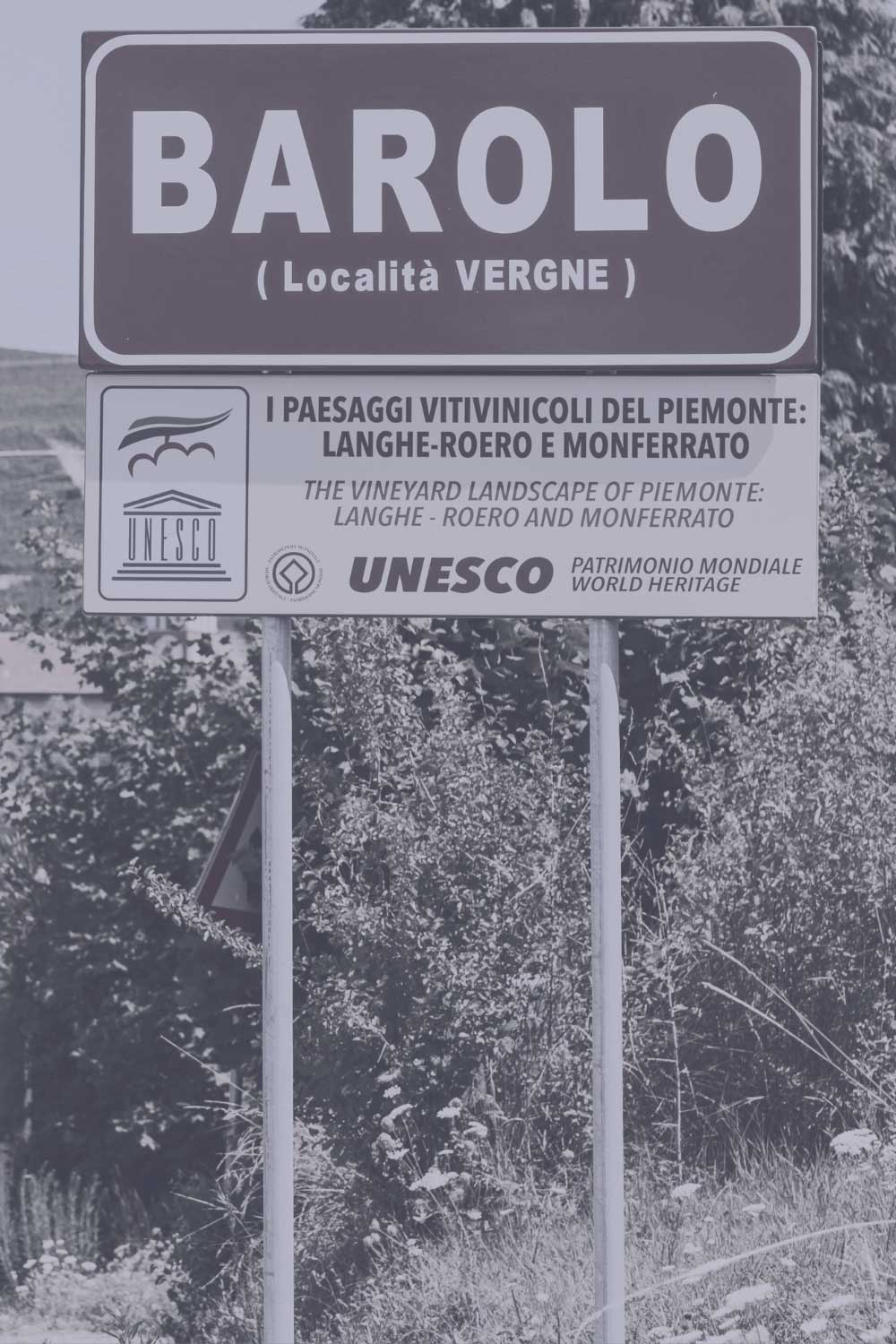
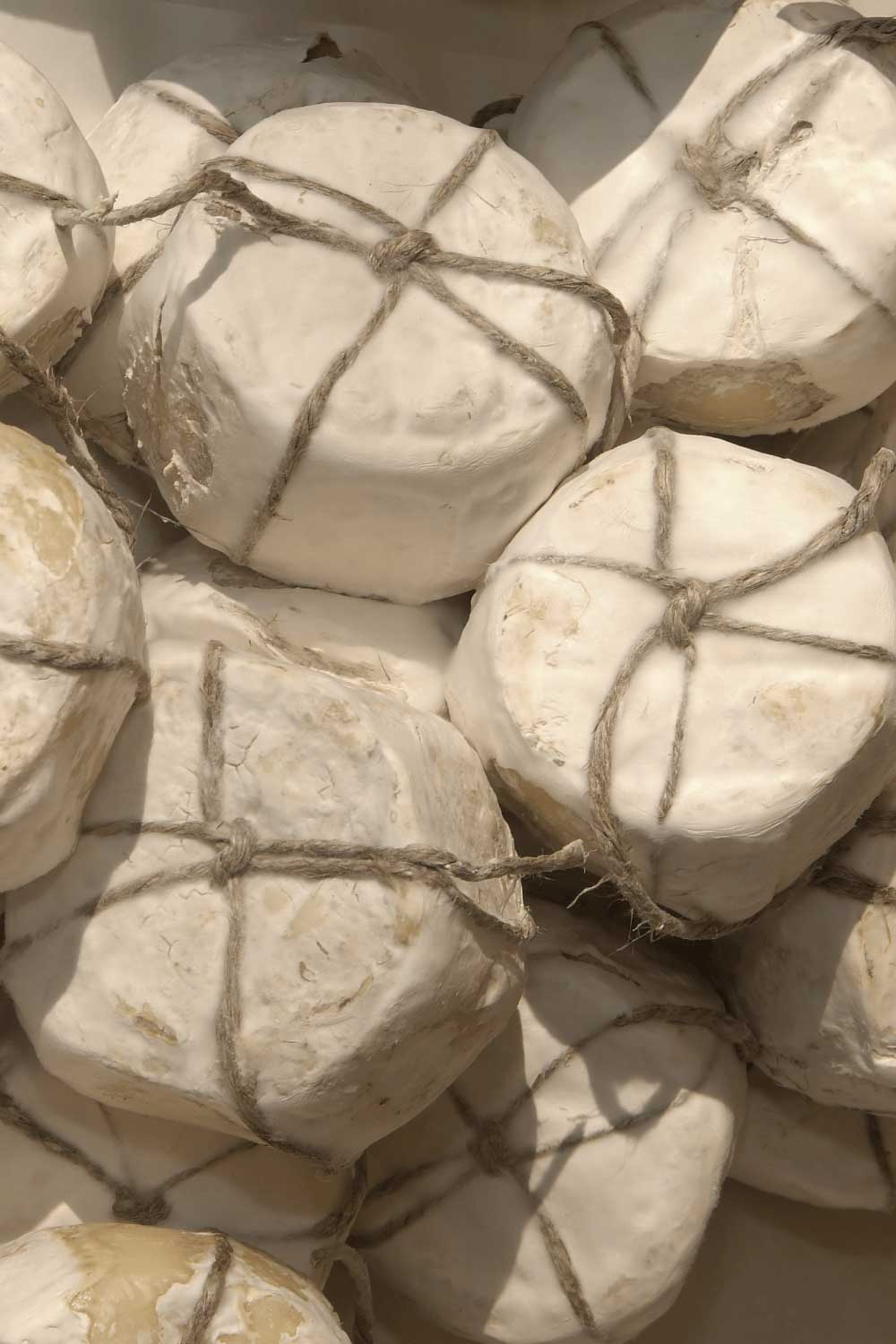
Production Tradition
The production of Barolo Chinato has largely remained artisanal. Each producer uses their own secret recipe of herbs and spices, passed down from generation to generation.
The quality of the Barolo used as a base is crucial: only Barolo DOCG, made from Nebbiolo grapes grown in the Langhe hills, can be used. The choice of herbs and spices, passed down by each producer through generations, is equally essential to ensure the desired aromatic profile.
Being a niche product, Barolo Chinato tends to have higher prices compared to other fortified wines, but the cost broadly reflects the quality of the ingredients and the labor-intensive production process.
Modern Consumption and Pairings
– Digestive and meditation wine: Barolo Chinato continues to be appreciated as an after-dinner digestive, and its complexity makes it ideal for slow, contemplative tasting.
– Culinary pairings: it is particularly suited to dark chocolate, chocolate-based desserts, spiced desserts, and aged or blue cheeses. Modern chefs also use it to create innovative pairings in tasting menus.
– Cocktails: recently, some mixologists have started using Barolo Chinato in cocktails, leveraging its aromatic complexity to create sophisticated drinks.
Wine Tourism
In the Langhe, guided tours of wineries producing Barolo Chinato are an important part of wine tourism! You can taste different variations of the wine and learn about its history and production process.
While staying true to its origins, Barolo Chinato has evolved and adapted to the contemporary market. Its artisanal production, the quality of the ingredients, and the complexity of its taste make it a unique wine in the global wine scene. Today, it is appreciated not only as a traditional digestive but also as a versatile element in modern gastronomy and cocktails, continuing to represent a significant part of Piedmont’s cultural and winemaking heritage.
Taste it as soon as you can; it will surprise you, and you won’t be able to resist taking a bottle home!
